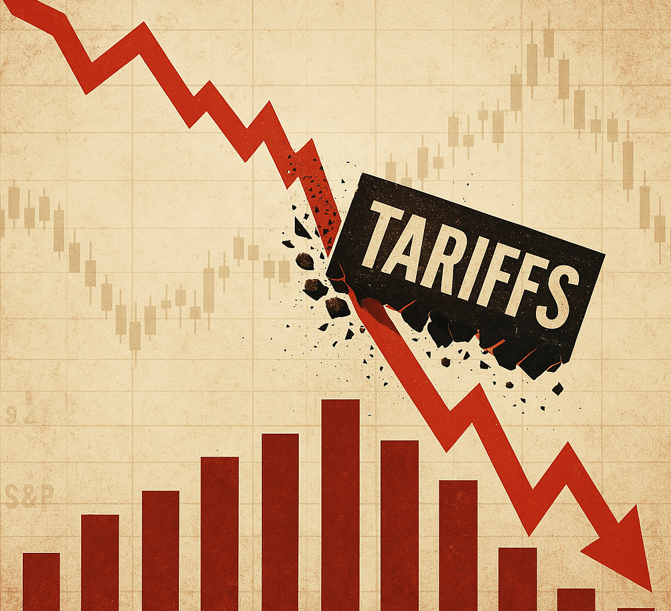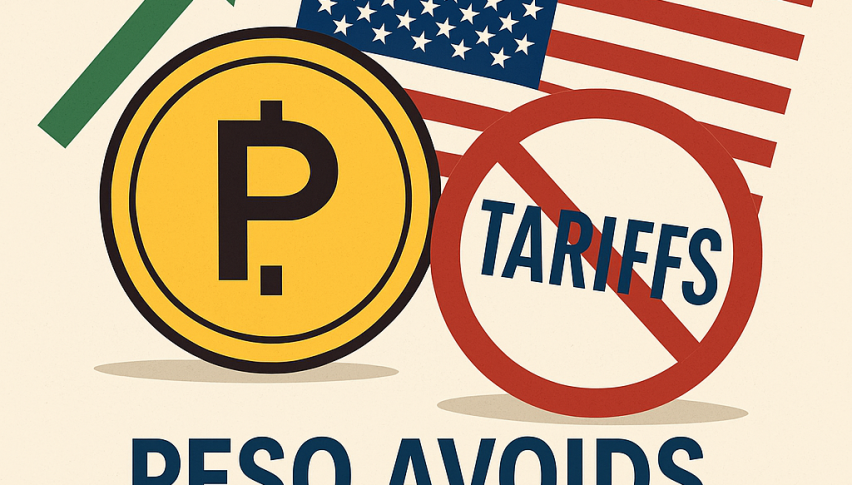Trump Reimposes Tariffs: 35% on Canadian Imports
Canadian Prime Minister Carney responded in a post on X (formerly Twitter), owned by Elon Musk.

Quick overview
- President Trump has announced a 35% tariff on imports from Canada, effective August 1, 2025, reigniting trade tensions.
- The decision follows Canada's retaliation against previous U.S. tariffs and signals a potential escalation of Trump's protectionist agenda.
- Trump hinted that similar tariffs may be imposed on the European Union, with plans to send a letter to Brussels soon.
- Canadian Prime Minister Carney emphasized his government's commitment to defending Canadian workers and businesses amid ongoing trade talks.
Once again—and unexpectedly—U.S. President Donald Trump has reignited trade tensions by announcing a 35% tariff on imports from Canada, escalating his protectionist agenda and hinting at similar measures against the European Union.

The decision was communicated through a formal letter addressed to Canadian Prime Minister Mark Carney. Trump criticized Canada for retaliating against previous tariffs instead of cooperating and warned that the new 35% duty will take effect on August 1, 2025.
“Instead of working with the United States, Canada responded with its own tariffs. Starting August 1, 2025, we will impose a 35% tariff on Canadian products entering our country,” Trump wrote in a letter posted on his social media platform, Truth Social.
Trade War Reignited
After a brief period of calm, the Trump administration has resumed its aggressive trade stance. Following threats against Brazil, Canada has now become the latest target in this new round of tariffs—among the steepest Washington has announced in recent months.
These tariffs come on top of previous levies applied to specific sectors such as steel, aluminum, and autos. Canada, as the United States’ top trading partner, is especially exposed to these measures.
Trump also left the door open for further escalation—or de-escalation—stating that “tariffs can go up or down depending on Canada’s response.”
Canadian Prime Minister Carney responded in a post on X (formerly Twitter), owned by Elon Musk:
“Throughout ongoing trade talks with the United States, the Canadian government has stood firmly in defense of our workers and businesses. We will continue to do so as we move toward the revised August 1 deadline.”
Canada and Mexico have been among the main targets of Trump’s renewed tariff war since his return to the White House on January 20, marking the beginning of his second term. Beyond trade imbalances, Trump’s administration has also accused neighboring countries of failing to curb illegal migration and the fentanyl crisis, a key public health concern in the U.S.
EU in the Crosshairs
Alongside Canada, Trump also signaled that the European Union may soon face similar treatment. He announced plans to send a comparable letter to Brussels and warned that any country not yet contacted should expect new tariffs ranging from 15% to 20%.
Although the move comes as a surprise, it’s not entirely unexpected. The EU had hoped to strike a comprehensive free trade deal with the U.S. featuring reciprocal zero tariffs on industrial goods. However, negotiations have stalled in recent months, and officials in Brussels are reportedly preparing for a temporary deal, while hoping to improve the terms over time.
- Check out our free forex signals
- Follow the top economic events on FX Leaders economic calendar
- Trade better, discover more Forex Trading Strategies
- Open a FREE Trading Account
